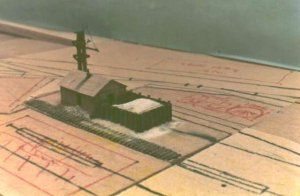Val:
last time I bought it, it was a lumber dealer in North York; I forget the name, but near the top in the yellow pages; either 3rd one down or a C----. This was 8 years ago. And even North York is gone now.
Our local lumber yard took my money, had no stock, and refunded it after 3 months when nothing came in (They did have a slot for it!)
last time I bought it, it was a lumber dealer in North York; I forget the name, but near the top in the yellow pages; either 3rd one down or a C----. This was 8 years ago. And even North York is gone now.
Our local lumber yard took my money, had no stock, and refunded it after 3 months when nothing came in (They did have a slot for it!)


